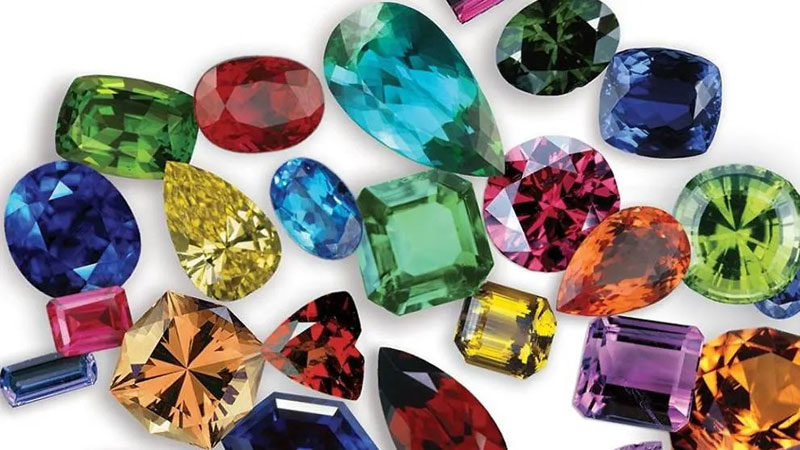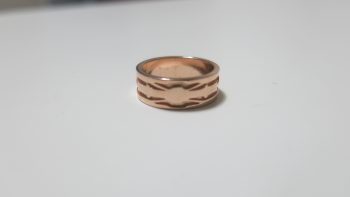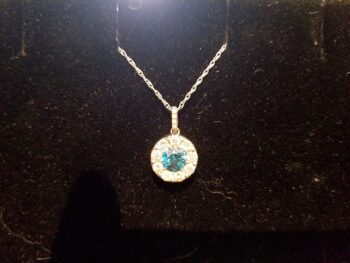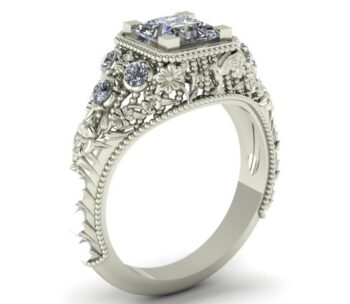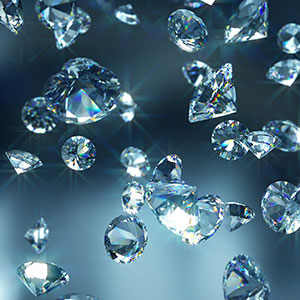Not many people realize or think about the fact that the Earth’s interior is riddled with hundreds of species of colored gemstones. And they are just randomly sprinkled around either. They usually grow in stunning geological formations that can be quite large. Gemstones have been around since well before human beings. But when we discovered them, we immediately began using them for a variety of reasons. Humans have been decorating themselves, attributing good luck, prosperity, and status, and even using gemstones as currency. Now, we generally only use them for jewelry. However, there are some that use these fruits of the Earth for spiritual, health and healing purposes. In this post, we will discuss the crazy world of colored gemstones and why we are lucky it exists.
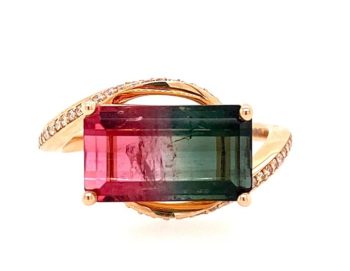
What is A Gemstone
Gemstones are natural minerals or rocks that are valued for their beauty, rarity, and durability. These precious stones are often used in jewelry and adornment due to their vibrant colors and unique properties. Gemstones can be found in various parts of the world and are classified based on their chemical composition, color, and clarity.
Each gemstone has its own set of characteristics that make it distinct and desirable. Some gemstones, like diamonds, are prized for their hardness and brilliance, while others, such as opals, are known for their iridescence and play of colors. Gemstones can also hold symbolic meanings and are believed to possess healing properties in some cultures.
Gemstones have been treasured throughout history for their aesthetic appeal and perceived mystical powers. From ancient civilizations to modern times, these precious stones continue to captivate people around the world with their beauty and allure. Whether worn as jewelry or kept as collector’s items, gemstones hold a special place in the hearts of many for their timeless elegance and significance.
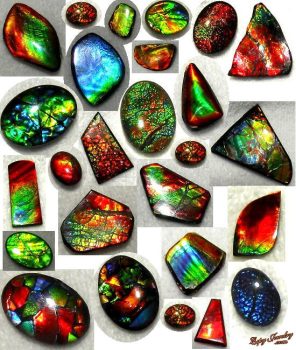
Where Are Colored Gemstones Found
Colored gemstones can be found in various locations around the world. Some popular sources include Colombia for emeralds, Myanmar for rubies, and Sri Lanka for sapphires. Other notable locations for colored gemstones include Brazil, Tanzania, and Madagascar. Each region’s unique geological conditions contribute to the formation of these precious stones.
Gemstone mining is a significant industry in many countries, providing employment opportunities and contributing to the economy. Miners extract gemstones from mines, rivers, and even volcanic deposits. The process of mining and extracting gemstones requires expertise and precision to ensure the stones are extracted without damage.
Gemstone enthusiasts often value the origin of colored gemstones, as it can affect their quality and value. Understanding where gemstones are found can provide insight into their characteristics and help buyers make informed decisions. Whether sourced from South America, Asia, Africa, or other regions, colored gemstones continue to captivate people worldwide with their beauty and rarity.

What Draws Us To Colored Gemstones?
Colored gems have captivated humans for centuries with their vibrant hues and unique beauty. These precious stones appeal to us on various levels, from their aesthetic allure to their symbolic meanings. The allure of colored stones lies in their ability to add a pop of color and personality to any jewelry piece, making them a popular choice for self-expression and fashion statements.
Beyond their visual appeal, colored gems hold significant meanings and symbolism in different cultures and traditions. Many believe that each gemstone possesses specific properties that can bring luck, protection, or healing to the wearer. This adds a layer of mystique and intrigue to colored stones, making them not just beautiful accessories but also meaningful talismans with emotional significance.
Moreover, the rarity and uniqueness of colored gems contribute to their desirability. Unlike diamonds, which are graded based on a standardized system, colored gemstones are valued for their individual characteristics such as color intensity, clarity, and cut. This exclusivity makes colored gems a coveted choice for those seeking something truly special and one-of-a-kind in their jewelry collection.
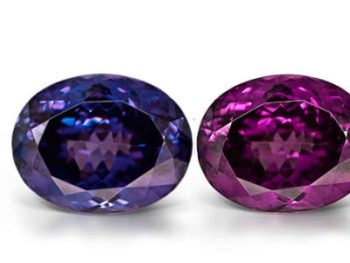
Types Of Gemstones
Gemstones come in a variety of types, each with its own unique characteristics and properties. Some popular gemstones include diamonds, rubies, sapphires, and emeralds. Diamonds are known for their brilliance and hardness, while rubies are prized for their deep red color. Sapphires come in various colors, with blue being the most common, and emeralds are valued for their rich green hue.
Other types of gemstones include amethyst, topaz, and opal. Amethyst is a purple quartz that is believed to have calming and protective qualities. Topaz can be found in a range of colors, with blue and yellow being the most popular. Opals are known for their iridescent play-of-color, making them a unique and eye-catching choice for jewelry.
Gemstones can also be classified as precious or semi-precious. Precious gemstones include diamonds, rubies, sapphires, and emeralds, while semi-precious gemstones encompass a wide range of other types. There are also what is known as phenomenal gemstones. This group exhibit a cool thing like asterism, color change, or iridescence. Whether you’re drawn to the brilliance of diamonds, the rich colors of rubies and sapphires, or the unique qualities of amethyst, topaz, and opal, there is a gemstone out there to suit every taste and style.
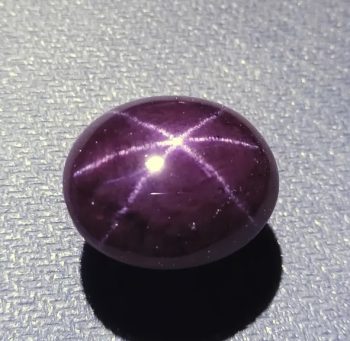
Contrasting Physical & Chemical Characteristics Of Natural Gemstones
Natural gemstones exhibit a wide range of physical and chemical characteristics. Physical properties such as color, hardness, and luster vary among different gemstones. For instance, diamonds are renowned for their hardness, while opals display a unique play of colors known as opalescence. Additionally, gemstones can be transparent, translucent, or opaque, influencing their appearance and value.
Chemical composition is another key aspect that sets gemstones apart. Each gemstone is composed of specific elements and minerals that determine its properties. For example, the vibrant green color of emeralds is due to the presence of chromium and vanadium. Similarly, the deep blue hue of sapphires is attributed to traces of iron and titanium in their composition. Understanding the chemical makeup of gemstones is crucial for gemologists and collectors alike.
By examining both the physical and chemical characteristics of natural gemstones, one can appreciate the diversity and beauty of these precious stones. Whether you are drawn to the fiery red of rubies or the serene blue of aquamarines, each gemstone tells a unique story through its distinct properties. Delving into the world of gemstones offers a fascinating journey of discovery, where science and beauty intertwine to create nature’s exquisite treasures.
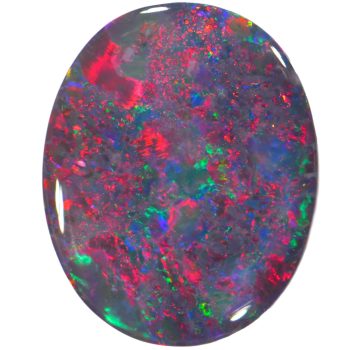
Colors In The Gemstone World
Colors in the gemstone world are a fascinating subject. Gemstones come in a vast array of colors, each with its unique beauty and significance. From the deep blue of sapphires to the vibrant green of emeralds, the variety is truly mesmerizing. Understanding the different colors and their meanings can add a whole new layer of appreciation to these precious stones.
One of the most popular colored gemstones is the ruby, known for its rich red hue. Rubies symbolize passion, energy, and love. On the other end of the spectrum, we have sapphires in various shades of blue. Blue sapphires are associated with wisdom, royalty, and protection. Emeralds, with their lush green color, are often linked to rebirth, fertility, and growth.
Whether you prefer the fiery sparkle of a ruby, the calming blue of a sapphire, or the fresh green of an emerald, there is a colored gemstone to suit every taste and personality. Exploring the world of colored gemstones can be a delightful journey filled with beauty and meaning. Next time you admire a piece of jewelry adorned with these colorful treasures, take a moment to appreciate the significance behind the hues.
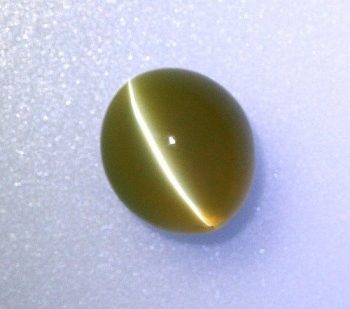
Phenomenal Gemstones
Phenomenal gemstones are a unique category of gems that exhibit special optical effects beyond the normal color and clarity. These gems can display phenomena such as asterism, chatoyancy, color change, and iridescence, making them highly sought after by collectors and jewelry enthusiasts. The most well-known phenomenal gemstones include star sapphires, cat’s eye chrysoberyl, alexandrite, and opals.
Asterism is the phenomenon where a gemstone exhibits a star-like pattern when viewed under a single light source. This effect is caused by the presence of needle-like inclusions within the gemstone that reflect light in a specific way. Chatoyancy, also known as the cat’s eye effect, creates a luminous band of light that moves across the surface of the gemstone when it is exposed to light. Color change gemstones, such as alexandrite, can appear different colors under varying light sources, shifting from green in daylight to red under incandescent light.
Iridescence is another captivating phenomenon seen in gems like opals, where the stone displays a play of colors that seem to change and shift as it is viewed from different angles. These unique optical effects make phenomenal gemstones a fascinating and beautiful addition to any gem collection or jewelry piece, showcasing the wonders of nature’s creativity and beauty.
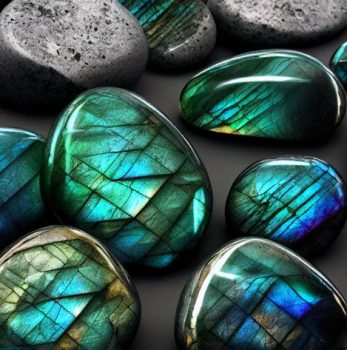
Differing Gemstone Durability
When it comes to gemstones, durability is a key factor to consider. Different gemstones vary in hardness and toughness, affecting their ability to withstand wear and tear. For example, diamonds are the hardest gemstone on the Mohs scale, making them highly durable and suitable for everyday wear. On the other hand, softer gemstones like opals and pearls require more delicate care to prevent scratching or damage.
Understanding the durability of gemstones is essential for maintaining their beauty and longevity. Some gemstones, such as sapphires and rubies, are durable enough to be worn in rings and bracelets without much concern for damage. However, more fragile gemstones like emeralds and turquoise are better suited for earrings or pendants to reduce the risk of impact damage.
In conclusion, when choosing gemstones for jewelry, it’s crucial to consider their durability to ensure they can withstand daily wear and maintain their beauty over time. By understanding the hardness and toughness of different gemstones, you can make informed decisions on how to care for and enjoy your precious jewelry pieces for years to come.
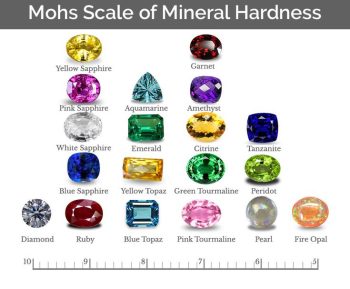
Factors Affecting A Colored Gemstone’s Value
When determining the value of a colored gemstone, several factors come into play. The rarity of the gemstone is a key element – the scarcer the gem, the higher its value. Another crucial factor is the gemstone’s color intensity and hue. Vivid and deep colors are generally more valuable than pale or washed-out tones. Additionally, the clarity of the gemstone, including the presence of any inclusions or imperfections, can significantly impact its value.
Furthermore, the cut and shape of a colored gemstone play a vital role in determining its value. A well-cut gemstone will exhibit brilliance and sparkle, enhancing its overall appeal and value. The carat weight of the gemstone is also a critical factor – larger gemstones are typically more valuable than smaller ones. Lastly, the origin of the gemstone can influence its worth, with some origins being more sought after and commanding higher prices in the market.
In conclusion, when assessing the value of a colored gemstone, it is essential to consider factors such as rarity, color intensity, clarity, cut, carat weight, and origin. By understanding these key elements, you can better evaluate the worth of a colored gemstone and make informed decisions when buying or selling such precious stones.
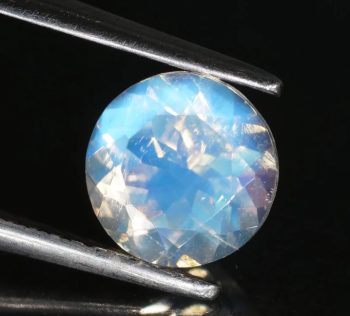
Lab Grown Colored Gemstones
Lab-grown colored gems offer a sustainable and ethical alternative to traditional mined gemstones. These gems are created in a controlled environment using advanced technology that replicates the natural process of gem formation. By choosing lab-grown gems, consumers can enjoy vibrant colors and high-quality stones without contributing to environmental damage or supporting unethical mining practices.
One of the key advantages of lab-grown colored gems is their affordability. These gems are typically priced lower than their mined counterparts, making them an attractive option for budget-conscious consumers. Additionally, lab-grown gems offer a wide range of colors and varieties, allowing buyers to find the perfect gemstone for their preferences and style.
Colored Gemstone Treatments
Colored gemstones can undergo various treatments to enhance their appearance. Common treatments include heat treatment, irradiation, and diffusion. These processes can improve the color, clarity, and overall quality of the gemstones, making them more desirable to consumers.
Heat treatment is one of the most widely used methods to enhance the color of gemstones. It involves heating the gemstone to high temperatures to alter its color or clarity. This treatment is commonly used for gemstones like sapphires and rubies to improve their color intensity and remove any unwanted hues.
Irradiation and diffusion treatments are also popular methods used to enhance colored gemstones. Irradiation exposes the gemstone to radiation to alter its color, while diffusion involves adding elements to the gemstone’s surface to change its color. These treatments are commonly used for gemstones like topaz and diamonds to create vibrant and unique colors that appeal to consumers.
Why We Love Colored Gemstones In Our Custom Jewelry
Colored gemstones bring a unique touch to custom jewelry, adding a pop of vibrant hues that can’t be replicated by other materials. From the deep blue of sapphires to the fiery red of rubies, each gemstone carries its own symbolism and beauty, making it a popular choice for personalized pieces. Whether you’re drawn to the calming green of emeralds or the sunny sparkle of citrine, colored gemstones offer endless possibilities for creating jewelry that truly reflects your style and personality.
One of the reasons colored gemstones are beloved in custom jewelry is their versatility. They come in a wide range of colors, shapes, and sizes, allowing for endless combinations and designs. Whether you prefer a classic solitaire ring with a single gemstone or a more intricate pendant featuring a mix of colored stones, there is a gemstone option to suit every taste and occasion. This versatility makes colored gemstones a favorite choice for those looking to create one-of-a-kind pieces that stand out from the crowd.
In addition to their aesthetic appeal, colored gemstones also hold special meanings and symbolism. Many cultures believe that certain gemstones possess unique properties that can bring good luck, protection, or healing to the wearer. Whether you choose a gemstone based on its symbolic meaning or simply because you love the color, incorporating colored gemstones into your custom jewelry allows you to infuse your pieces with personal significance and sentiment.
